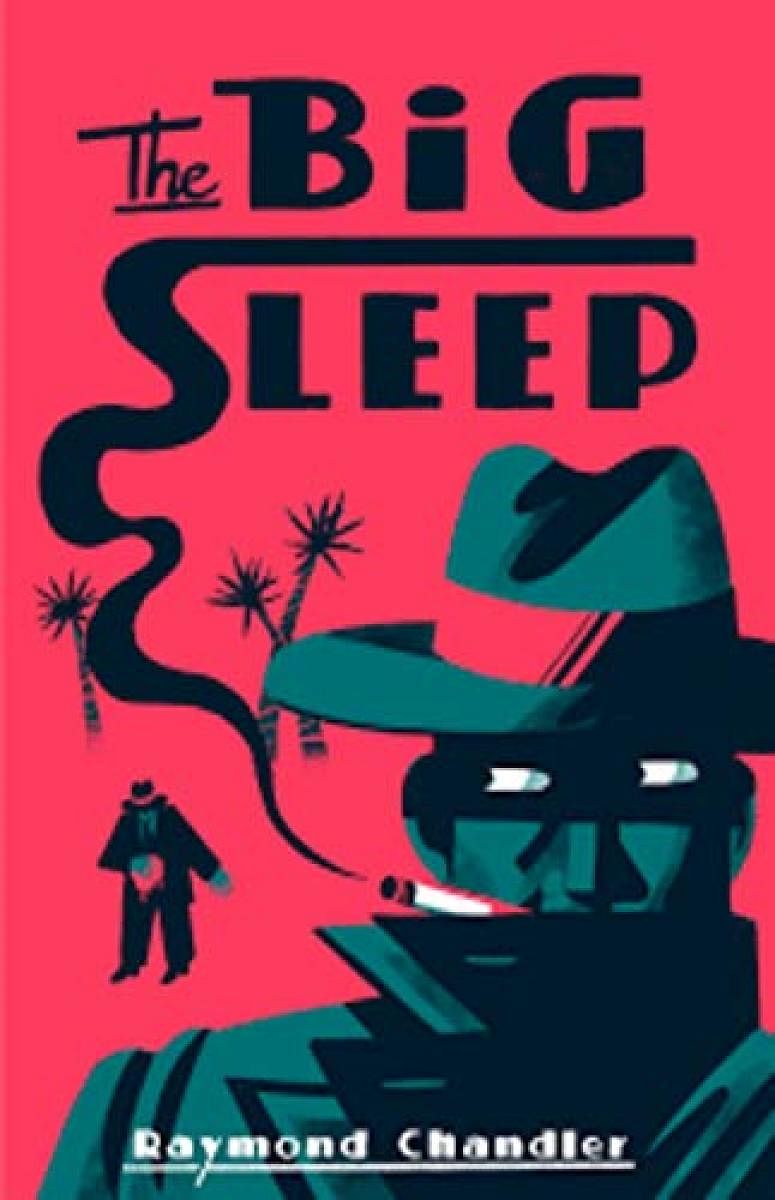
Of all the people who could have been part of the group of authors that pioneered hardboiled noir and made it an indelible part of the detective fiction genre, a graduate of a prestigious English public school who joined the British government’s civil services would not have been an obvious choice for inclusion. His early life and education (supported by an uncle for a brief while before the patronage was withdrawn) might not have given Raymond Chandler the inspiration to create one of the great fictional detectives, Philip Marlowe. No, what made Chandler the perfect crucible to further evolve noir and detective fiction and take it to new heights of sheer poetry was his innate restlessness and a thirst for adventure that he fulfilled by returning to his birth country, the United States, in 1912 at the age of 24 after quitting his job in the English Admiralty and failing to launch a literary career in London.
In the US, Chandler travelled across the midwest living an itinerant life. He planted himself firmly in Los Angeles where he got a well-paid white-collar position. Things went on an even keel for a while, even through the First World War in which he served with the Canadian army. He would return to Los Angeles and marry the love of his life in 1924. But his lifelong struggle with alcoholism caught up with him and combined with the Great Depression, led to the loss of his job. There followed another period of considerable lows that inspired Chandler to get back to writing. He’d long admired pulp fiction and authors like Erle Stanley Gardener so he ventured into the fiction genre, writing stories for a pulp magazine, the Black Mask.
The Big Sleep, first published in 1939, introduced Marlowe, the quintessential cynical loner and private eye. Though the book ticks every box when it comes to noir — gloomy weather, blackmailers, cool blondes, the sleazy netherworld of 1930s Los Angeles — Chandler’s felicity with words and dialogues that flow off the characters’ tongues make his work stand out from the rest of his peers. The story is told in the first person through Marlowe’s viewpoint and it begins with him being summoned by a millionaire oil baron, General Guy Sternwood. The General’s daughter has a gambling problem and now the debtor is sending subtly threatening letters to collect the money he’s owed.
Things inevitably snowball from there. Blackmailers, mob bosses, pornographers, and go-betweens for mob bosses troop across the page, and some of these and others end up either dying or fleeing town. The body count goes up, the atmosphere becomes thick and soupy enough to dig with a spoon, and there’s a whole lot of borderline criminal action from the supposed good guys. Guns don’t go unfired in a well-plotted noir and in The Big Sleep they pretty much pop off as expected.
Chandler being very much a product of his time, his work doesn’t meet modern standards of ethics and principles. Misogyny and racism are taken for granted and passed off as tough-guy rhetoric and observations (trigger warnings would apply for most chapters of the book). But there’s an authenticity to The Big Sleep and all his stories that makes Chandler a true master of the genre. Their hard, cynical core is one that feels earned through life experiences few others would have. To read his work is to see how good fortune can turn on a dime for those in places high and low and know that the vagaries of the universe leave no soul untouched.
The author is a writer and communications professional. When she’s not reading, writing or watching cat videos, she can be found on Instagram @saudha_k where she posts about reading, writing, and cats.
That One Book is a fortnightly column that does exactly what it says — takes up one great classic and tells you why it is (still) great.